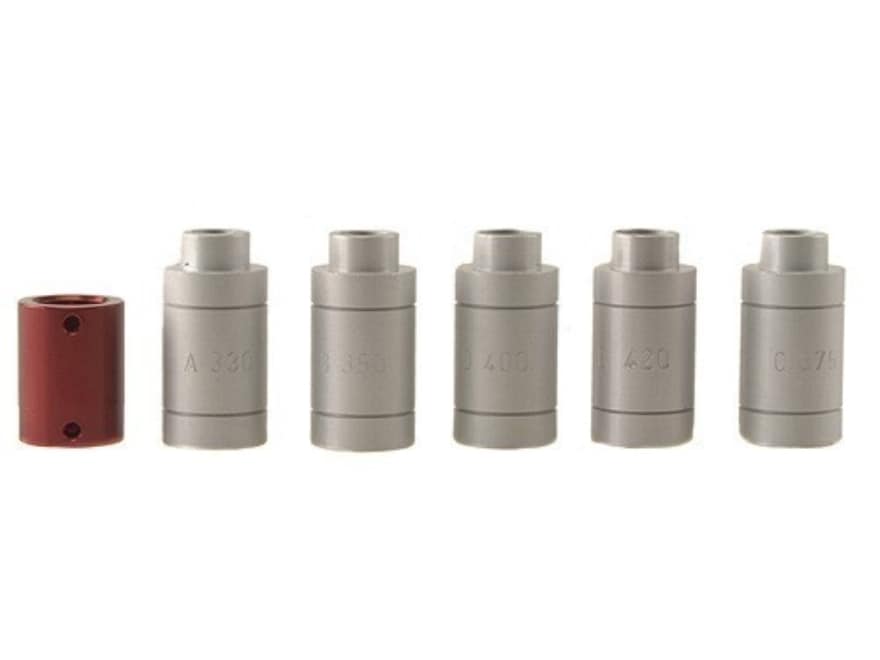FYI I’m currently researching reloading, I’m new, “very new” and although I have all the gear, I’m trying to figure this all out. I have yet to throw a bullet through my press (reloading table is being built as we speak).
As per the title, I have a Hornady lock n load single stage press and RCBS dies as follows:
AR15 in .223 - RCBS Small Basie dies in .223
Stag10 in 6.5CM - RCBS Small Base dies in 6.5 Creedmoor
Tikka T3x in .223 - RCBS Full Length dies in .223
Hornady and RCBS say two different things when it comes to setting up the resizing die on a press. Hornady says raise the ram to the top of the stroke (with shell holder installed) thread die until it bottoms out on the shell holder and then tighten and done. RCBS says do the same, but once bottomed out, lower the ram and then turn IN another 1/8 of a turn and then lock down. Is this due to the differences in how the Hornady and RCBS presses function, ignoring the dies all together? I know that when a Hornady ram is at the top of its stroke, it actually isn’t. When you go to lower that ram it actually lifts again ever so slightly before lowering. Could this do the same as that 1/8th turn RCBS is requesting when seating their die? The RCBS presses do not do this - when the handle is in the full press position the ram is at the highest point, unlike the Hornady.
The second part to this question is “does any of this matter if I’m using a OAL gauge?”. As that measurement will dictate how low/high the resizing die is installed? I plan to buy the Hornady OAL gauge today along with a case trimmer.
I’m just trying to understand why the two manufacturers recommend different processes to the installation of the die.
THANKS!
As per the title, I have a Hornady lock n load single stage press and RCBS dies as follows:
AR15 in .223 - RCBS Small Basie dies in .223
Stag10 in 6.5CM - RCBS Small Base dies in 6.5 Creedmoor
Tikka T3x in .223 - RCBS Full Length dies in .223
Hornady and RCBS say two different things when it comes to setting up the resizing die on a press. Hornady says raise the ram to the top of the stroke (with shell holder installed) thread die until it bottoms out on the shell holder and then tighten and done. RCBS says do the same, but once bottomed out, lower the ram and then turn IN another 1/8 of a turn and then lock down. Is this due to the differences in how the Hornady and RCBS presses function, ignoring the dies all together? I know that when a Hornady ram is at the top of its stroke, it actually isn’t. When you go to lower that ram it actually lifts again ever so slightly before lowering. Could this do the same as that 1/8th turn RCBS is requesting when seating their die? The RCBS presses do not do this - when the handle is in the full press position the ram is at the highest point, unlike the Hornady.
The second part to this question is “does any of this matter if I’m using a OAL gauge?”. As that measurement will dictate how low/high the resizing die is installed? I plan to buy the Hornady OAL gauge today along with a case trimmer.
I’m just trying to understand why the two manufacturers recommend different processes to the installation of the die.
THANKS!




